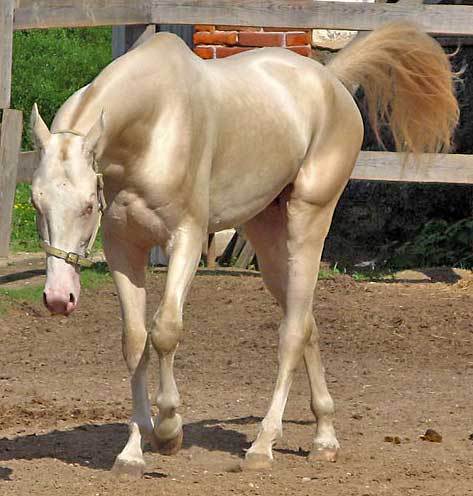Attack on Titan is one of the best manga I've read this year. At first I thought it was kind of weird and a bit violent and didn't want to keep reading. Then my friends would not stop talking about it and how awesome the characters are. So I kept reading and now I'm completely obsessed.
Humankind has been confined to a walled region because of the appearance of titans some hundred years ago.The military is tasked with keeping the people safe, but only when they make expeditions outside the wall are they really endangered. Eren Jaeger is the protagonist and he wants to join the scouting legion-- the part of the military that goes outside the wall. He and his friends dream of one day escaping from the walls.
One day a colossal titan appears at the wall outside of Eren's hometown along with an incredibly destructive armored Titan. The titans destroy the town and many of the people living there are killed, including Eren's mother. After this Eren vows to kill all of the titans (interesting note: in the Japanese version he uses the counter for insects instead of the counter for something larger, which really emphasizes his feelings toward the titans). He and his adoptive sister, Mikasa, and their friend Armin decide to join the military and become part of the 104th training corp.
Although there is violence in this manga, it's not just meaningless-- the story is really interesting. The titans appeared 100 years ago and no one knows anything about them or exactly what they are or where they came from. It takes place in a historical European setting, but it's unclear when it occurs. The story is very much so about human nature and motivations, as well as class society, and what is essentially the last stronghold of humanity after the world (presumably) was wiped out by titans.
Throughout the series the more we learn the more questions we have. Each volume will leave you eager to read more. If you liked manga like Death Note you may enjoy Attack on Titan. They're both somewhat dark, but very thought-provoking and engaging. Something to keep in mind-- the art isn't that great sometimes (occasionally Eren has a really long neck, for example), but don't let that deter you from reading the story! I have so many questions and theories I could share, but read the series, then let's talk.










